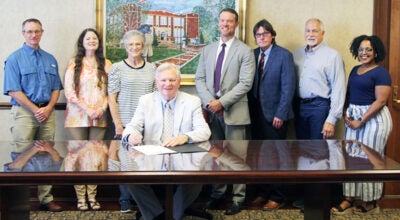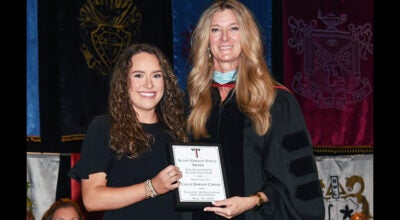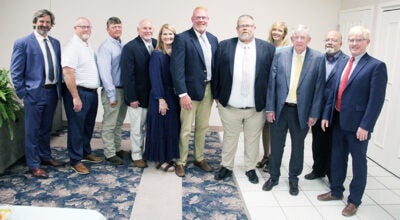Biologist: Cogongrass invasion continues
Published 12:00 am Friday, January 13, 2012
The foreign invasion of cogongrass continues, local biologist Neal Dansby said.
Dansby first introduced readers in August to the foliage that is stealthily infesting hundreds of thousands of acres in Alabama, Mississippi and Florida.
“I’ve said it before, and I know it’s hard to believe, but this stuff really is worse than kudzu,” Dansby said. “It just takes over the land. Once it gains a foothold in an area, it’s only a matter of time before it spreads.”
The grass grows in circular clumps and is identifiable by its fluffy, white, plume-like seedheads in the spring and the sharply pointed root ends. It produces an exorbitant amount of heat when burned, which can kill tree populations in forests.
It was originally introduced to Alabama near Grand Bay in 1911 as seed in packing material from Japan. Since then, it has spread through four defined methods: mowing, motor graders on dirt roads; the logging and timber industry and by air.
Since August, Dansby has worked to identify and treat more than 110 properties in Covington County infected with the grass. He works as part of a statewide task force to eradicate the plant, which provides for treatment for up to 10 acres of cogongrass per landowner at no cost.
“Now is the time to spot cogongrass,” he said. “Hunters are in the woods, getting a firsthand view of the landscape, and since all the brush has died back, the cogongrass is easy to spot.
“It’s faded from a pale green to a light tan,” he said. “It’s growing underground all the time, and when deer season is over, it would be the perfect time to get in there, identify it and get it ready for spraying in the spring.”
Dansby said the program will cover the cost of two years of biannual treatments to kill the grass. A GPS unit is used to document and record the exact location of the site, he said.
Earlier in the week, he found a 6-foot-3-inch plant in Wing.
“This stuff is everywhere,” he said. “There’s no telling how long this had been out there. It’s one of the biggest plants I’ve seen. Normally, it will get 3 to 4 feet high. There’s so much silicone in these plants that animals won’t eat it. Once it gets a foothold in the property, it spreads like wildfire, and you have to treat it until it’s dead.”
Dansby said landowners should call him at 334-804-7480 if they believe congongrass is established on their property.
“Even if you’re not sure what kind of grass it is, call,” he said. “This plant will take over our land if we let it.”





